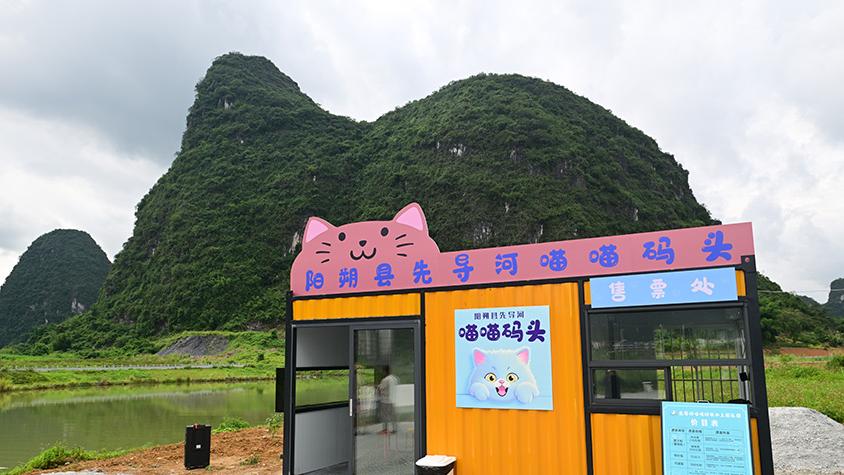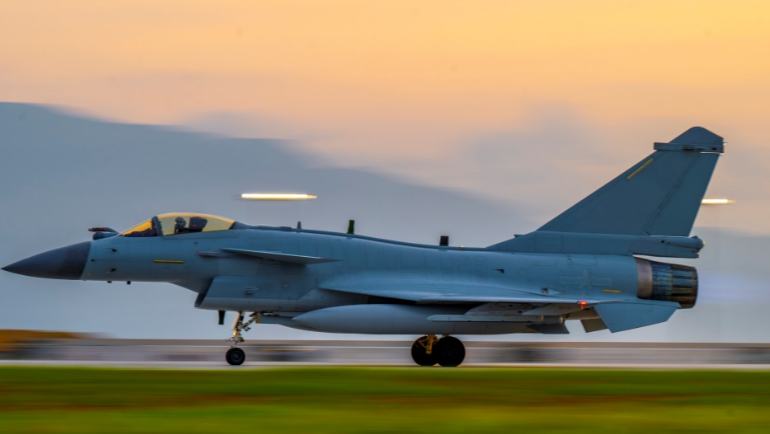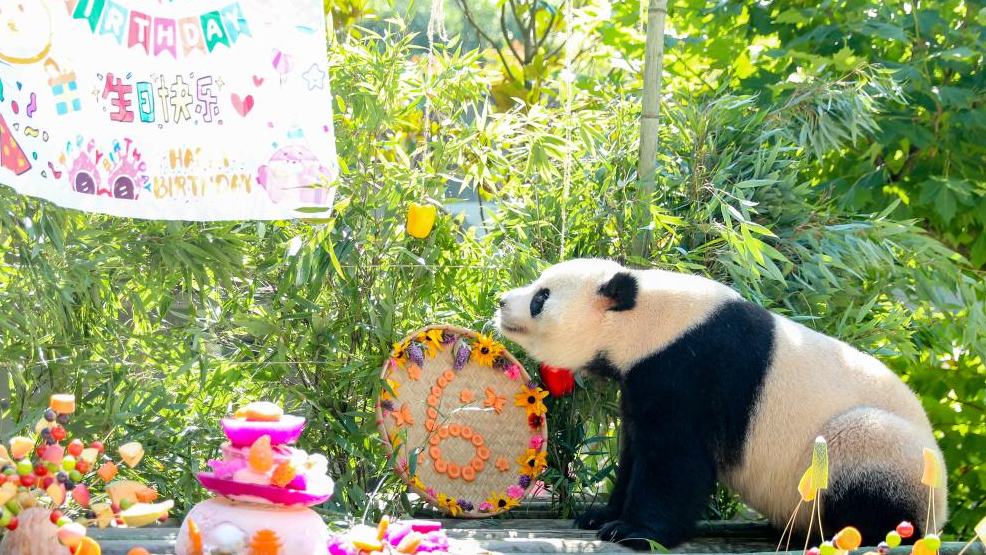Pepper industry thrives in S China's Hainan
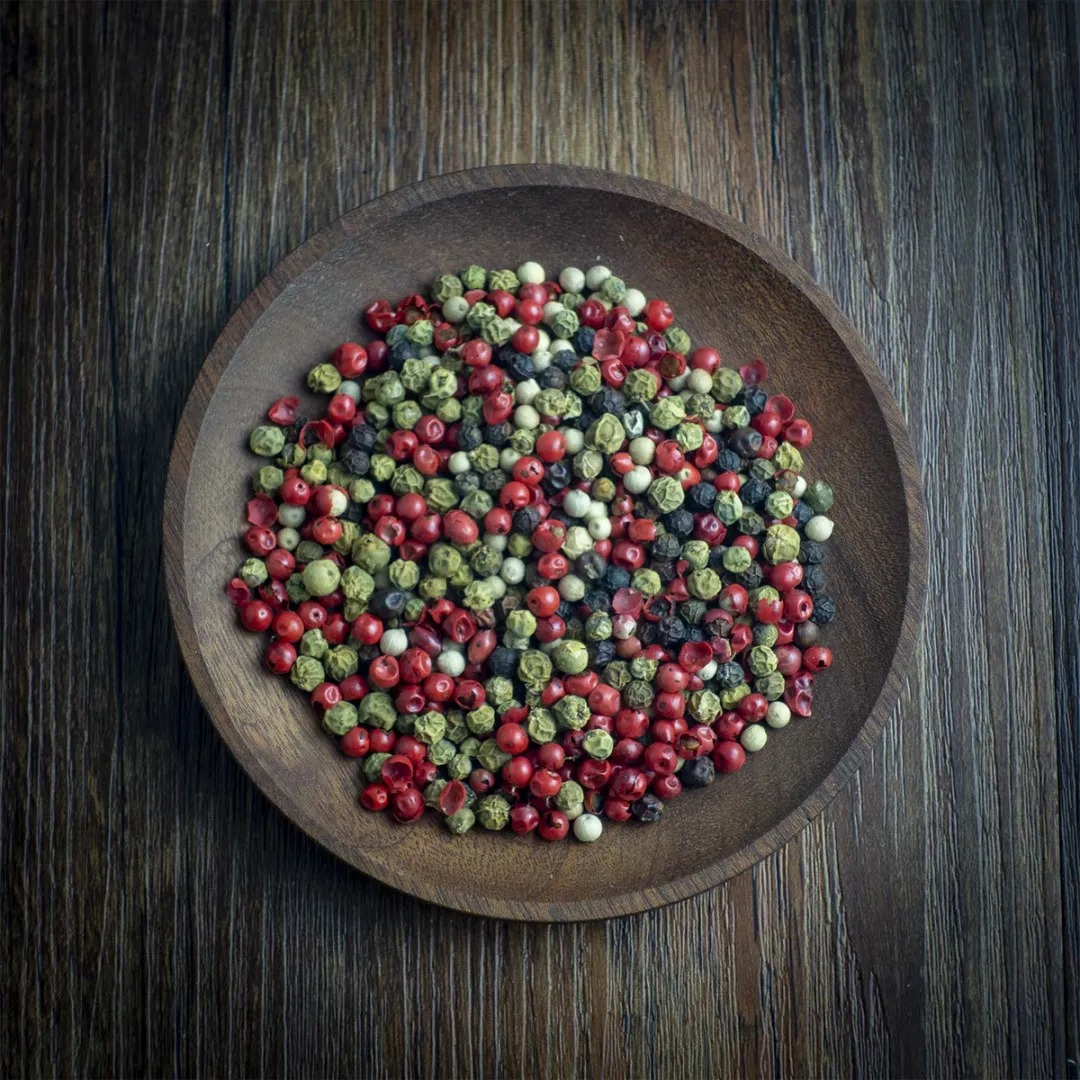
Photo shows peppercorns. (Photo/He Dunfu)
Pepper entered China through the ancient Silk Road during the Han and Jin dynasties (206 BC - AD 420), marking the beginning of a millennia-long relationship between this spice and Chinese cuisine.
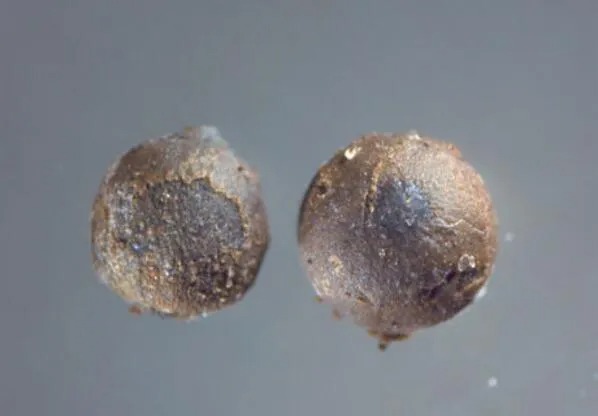
Photo shows pepper remains from the shipwreck of "Nanhai No. 1" in south China's Guangdong Province. (Photo from the Institute of Archaeology under the Chinese Academy of Social Sciences)
Archaeological evidence from the shipwreck of "Nanhai No. 1" in south China's Guangdong Province, uncovered in 2018, provided remarkable insights into this history. Plant archaeologists excavated and identified 31 pepper remains—the earliest ever discovered in China—proving that by the early to mid-13th century, pepper was already being used in food preparation.
The modern chapter of China's pepper story began in 1947, when overseas Chinese merchant Wang Yuwen brought back two pepper seedlings from Southeast Asia. One of the two plants took root in south China's Hainan Province, initiating what would become an enduring bond between Hainan and pepper cultivation.

Pepper thrives in high-temperature, humid environments, and Dapo town in Qiongshan district, Haikou city, offers ideal conditions. Located at Haikou's southernmost tip, the town maintains an average annual temperature of around 25 degrees Celsius with no frost year-round. With over 2,000 hours of annual sunshine and fertile, slightly acidic soil, this unique tropical climate provides optimal growing conditions for pepper.
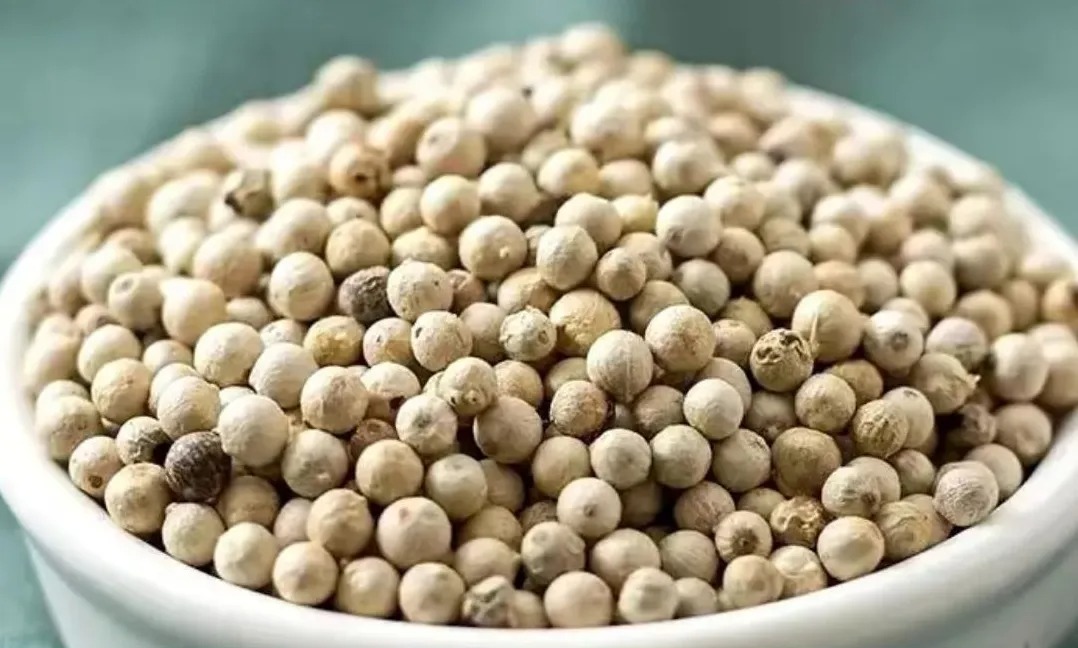
Today, Dapo town's pepper cultivation covers approximately 39,600 mu (about 2,640 hectares), establishing itself as China's largest contiguous pepper production base, supported by modern facilities. It is also Hainan's largest pepper-growing region. On dining tables across the country, 3 out of every 10 peppercorns originate from this town.
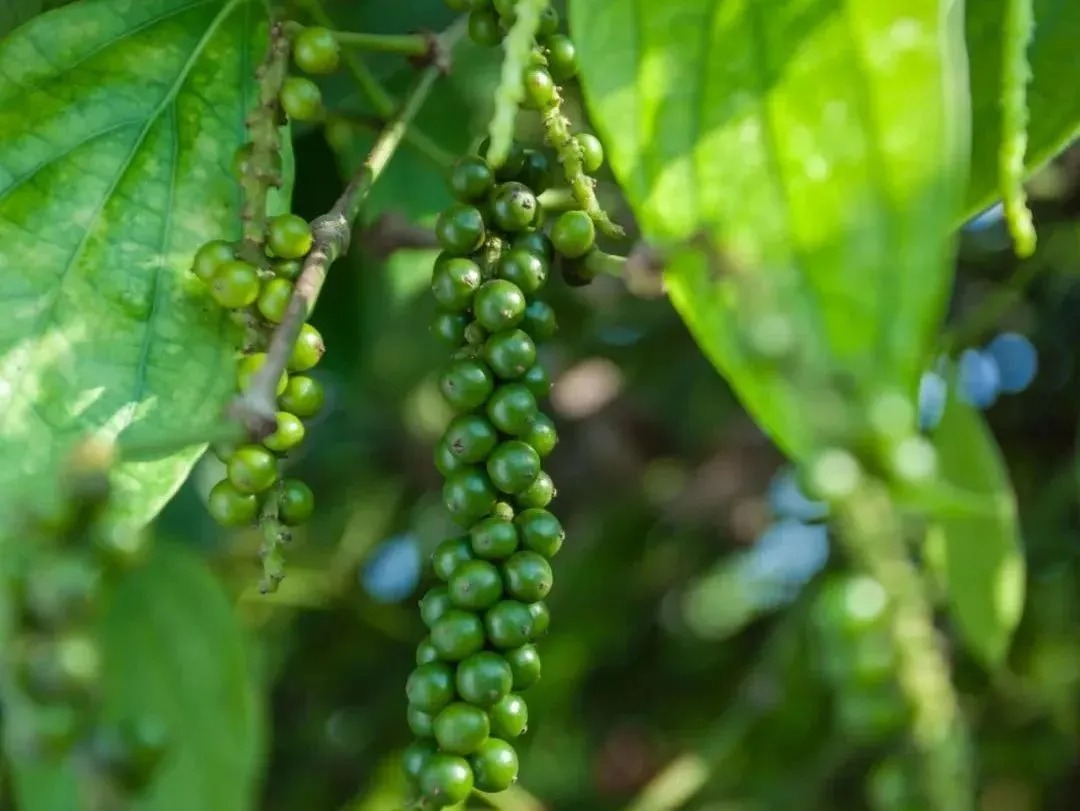
In 2021, Hainan's pepper cultivation area exceeded 330,000 mu, accounting for over 90 percent of the national total, with the output value of the pepper industry surpassing 3 billion yuan (about $417.95 million).
Modern medical research confirms that pepper contains beneficial compounds including volatile oils, crude protein, and piperine, which promote human health. Pepper roots are also commonly used in traditional Chinese medicine to treat injuries and bruises, and are frequently added to soups.
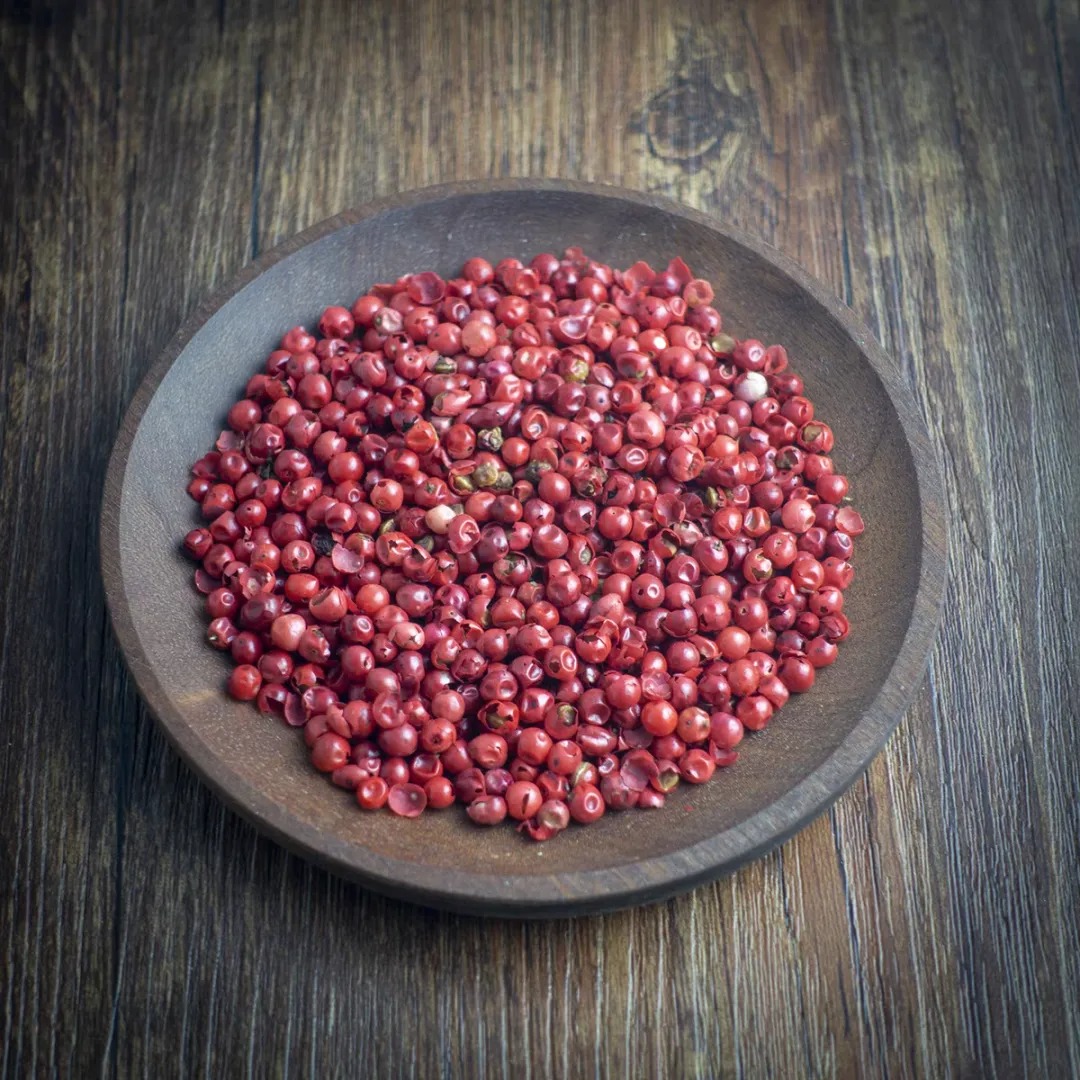
Photo shows peppercorns. (Photo/He Dunfu)
Contemporary processing techniques have enabled pepper to transcend traditional uses, giving rise to pepper-based perfumes, essential oil soaps, pepper wine, and other products. These diverse offerings significantly enhance the added value and market competitiveness of the local pepper industry.

In 2023, Dapo pepper secured foreign trade orders totaling 1,000 tonnes, reaching markets in Singapore and other countries.
Photos
Related Stories
Copyright © 2025 People's Daily Online. All Rights Reserved.






